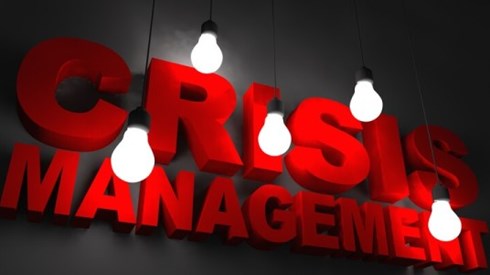Assessing the Human Element in Board Culture

March 10, 2021

One thing is certain: captive insurance company boards are going to be faced with the need to make critical decisions at a more rapid rate than in the past. Assuming you agree with this statement, is your own board ready for this change? A recent PricewaterhouseCoopers (PwC) white paper, titled Unpacking Board Culture: How Behavioral Psychology Might Explain What's Holding Boards Back, is worth reading as a way to assess the human element in your board culture.
The paper's introduction reads, in part, "The mythology of corporate boards goes something like this: Put a group of high-achieving, experienced, strategic-minded, and diverse individuals in a room together. Add commitment and a lot of hard work. What you get is a top-notch board with a healthy culture and effective oversight."
Is this how you see your own captive board? Or is the second half of the paragraph a more representative example of how your own board functions? It says, "In practice, no boardroom culture is perfect. Every director has witnessed derailed discussions, dismissed opinions, side conversations, directors who dominate, and those who seem to be biting their tongue." Unfortunately, as PwC notes, you can't take the human element out of board culture. Each of us has been shaped by the individuals we have known—family, friends, and business colleagues, and by our own experiences. And, while many of us might recoil from the touchy-feely psychological aspects of board dynamics, they do play an integral role.
The paper delves into four common boardroom biases and how they impact our rationale for over- or undervaluing certain board members, certain ideas, or opinions. I have explored board biases before when looking at the concept of generative thinking. In this context, PwC describes these dynamics as follows.
- Authority bias
- Groupthink
- Status quo bias
- Confirmation bias
The paper offers signs to identify whether your board suffers from some or all of these tendencies, as well as tips for minimizing each bias. I explore the four biases listed above to summarize each but will not detail either the signs or tips in the PwC report. My intent in refraining from writing about these is to encourage all of you to read the entire report. Better yet, make it a mandatory reading piece for your entire captive insurance company board.
Authority Bias
The PwC white paper gives this example: "Jill was the CISO of a large multinational corporation. When it came to cyber issues, she saw it all. Whenever anything related to cybersecurity, or our digital strategy, comes up during a meeting, others defer to Jill. She has the first—and the last—word." Does anyone on your own captive board fit the description of Jill? And for captive boards, it's important to think about your captive manager in this light as well.
Authority bias can cause boards to be too influenced by the opinion of that one director, dismiss what other board members may say, or, in worst-case situations, abdicate responsibility. This can be especially pernicious for captive insurance company boards where there is little insurance expertise among the board members, and, therefore, overreliance is placed on the captive manager's opinions and ideas.
Groupthink
"Great minds think alike" encapsulates the concept of "groupthink" in a nutshell. Interestingly, PwC points out that the virtual board meetings we now take for granted may magnify this problem. It notes that meeting virtually lessens the ability for board members to have small informal conversations to discuss and debate viewpoints and increases the likelihood that board members may be multitasking while on the call and therefore are less likely to raise objections to ideas being discussed.
For group association captives, groupthink may result from the fact that all the board members come from the same industry or public entities. Having at least one outside director with a different perspective can lessen this possibility. Beware of authority bias, though, and don't automatically defer to the independent director's way of thinking.
Status Quo Bias
“The nominating/governance committee has started to think about what new skills the board might need in the future, but the board has not recruited a new director in several years—even though some of the board members' contributions have been waning in recent years," the PwC report illustrates. "Some members of the committee express concern that bringing on new directors may dampen the board's collegiality."
This is but one example of status quo bias. Another includes the issue of mental models in generative thinking (see link above). Extreme examples of this bias include companies like Eastman Kodak. Eastman Kodak developed the digital camera, but because of its dominant position in the film business, it reportedly refused to acknowledge the substantial disruption this technology would cause.
Confirmation Bias
The PwC white paper offers this illustration: "The company recently closed on its largest acquisition ever, and the board is ecstatic. The integration has been difficult, and reports from management show mixed results…. Post-transaction board discussions focus on the success of the deal, based on the positive results—while skimming over the negative developments."
We all recognize this issue, where each of us looks for opinions and evidence that confirm our beliefs. Gridlock can result if we insulate ourselves from ideas and opinions we don't like.
For the captive industry, this can be a dangerous trap. We have now reached middle age, and I think most of us would argue that the industry as a whole is now secure. This is a prime example of confirmation bias: the inability to acknowledge that there could be something that disrupts our entire business model.
I added this last comment as a teaser for a forthcoming article. Stayed tuned and take a close look at your own captive board to see if any of these biases may be lurking there.
As always, we encourage your feedback and commentary. Please feel free to email John Foehl directly at [email protected].
March 10, 2021



